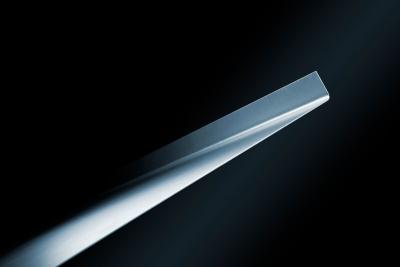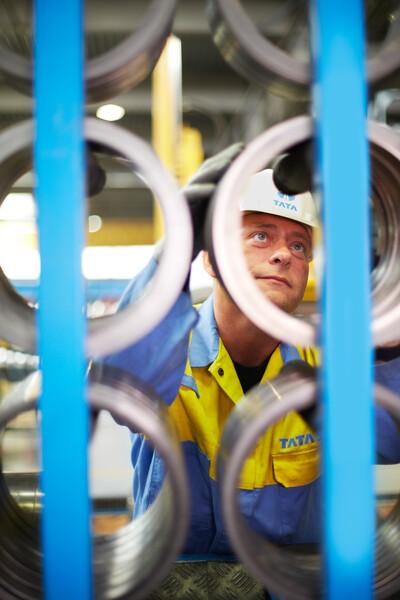Buying a new car is fun, but not always easy. In the past decade the number of different models coming to the market has been overwhelming. And apart from different shapes and sizes, the number of options for the drivetrain has increased tremendously. I am currently looking to buy a new car and I can honestly say that the amount of choice is killing me.
Being responsible for the electrification strategy of Tata Steel in Europe, I would naturally go for a battery electric vehicle (EV). There too the options are numerous since the market is currently being bombarded with new EVs. Car manufacturers have to provide these alternatives: increasing the share of EVs in their sales will reduce average CO2-emissions across the fleet, allowing them to meet governmental regulations and preventing them from having to pay huge penalties. As a result, vast numbers of electric models are being developed and introduced by all the traditional brands and by various new entrants.
So, in my quest to find my next car, how do I find my way? The first question that any buyer should ask themselves is naturally: “what does good look like?” For me ‘good’ is about being able to move from A to B in a safe and comfortable way with my family and sometimes a lot of stuff in the boot. And obviously, I should be able to afford it. Translated into the characteristics of an electric vehicle, this means the car should be safe, reliable, spacious, have a good driving performance, an acceptable driving range, the ability to charge quickly and it should be affordable. Achieving all this at the same time seems challenging with the current state of technology. I’m having a hard time finding my perfect car among the options out there.
But fortunately there is hope, because technology goes as fast as lightning. Even today, it seems that every new vehicle is better than the one launched a few weeks earlier. Driving range, which has been one of the stumbling blocks for the consumer, is rising step-by-step to levels that were previously only reached by diesel-powered vehicles. At the same time, fast charging is being enabled by a combination of 800V battery systems and fast-charging stations popping up in their dozens along the highway. And an inherent property of EVs is that they are fun to drive as well as spacious as they have completely flat floors and carry smaller and lighter motors. However, one of the important roadblocks remains to be unsolved: affordability. EVs still tend to be significantly more expensive than their conventional counterparts.
One of the reasons that EV prices are still high is because they haven’t been the focus of optimisation. Yes, it has been important to reach a certain cost target, but it has been even more important to bring as many EVs as possible to the market, as fast as possible. You could say that current electric vehicles are often suboptimised and overly expensive due to the choice of expensive materials and technical solutions. By taking a holistic approach to electric vehicle design, it should be possible to optimise EVs further and eventually achieve all the required properties at an acceptable cost level, which is key to making EVs reachable for the wider population.
When designing the future generation of affordable EVs, car manufacturers are certainly looking at the potential that steel has to offer. Steel is a sustainable material that is versatile and can be applied in crucial components of the EV: e-motors, battery systems and crash management structures. By employing the latest steel technologies in these areas of the EV, a car manufacturer will be able to achieve further optimisations in terms of weight, space, driving range and reliability while at the same time the cost can be reduced to a more acceptable level.
That is the promise of steel for future EV generations. In my next blog I will elaborate more about the value that steel brings for different EV components. And as for my next vehicle: for the moment I will wait and see. I’m convinced that somewhere out there my perfect car is on a design table at one of the car manufacturers, or, if I’m lucky, close to production.
>> Return to the main Automotive blogs page














































































































































































